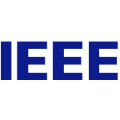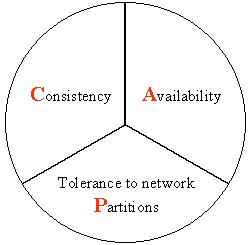Growing robots based on the eversion principle are known for their ability to extend rapidly, from within, along their longitudinal axis, and, in doing so, reach deep into hitherto inaccessible, remote spaces. Despite many advantages, eversion robots also present significant challenges, one of which is maintaining sensory payload at the tip without restricting the eversion process. A variety of tip mechanisms has been proposed by the robotics community, among them rounded caps of relatively complex construction that are not always compatible with functional hardware, such as sensors or navigation pouches, integrated with the main eversion structure. Moreover, many tip designs incorporate rigid materials, reducing the robot's flexibility and consequent ability to navigate through narrow openings. Here, we address these shortcomings and propose a design to overcome them: a soft, entirely fabric based, cylindrical cap that can easily be slipped onto the tip of eversion robots. Having created a series of caps of different sizes and materials, an experimental study was conducted to evaluate our new design in terms of four key aspects: eversion robot made from multiple layers of everting material, solid objects protruding from the eversion robot, squeezability, and navigability. In all scenarios, we can show that our soft, flexible cap is robust in its ability to maintain its position and is capable of transporting payloads such as a camera across long distances.
翻译:基于常态原则的不断增长的机器人众所周知,他们有能力从内部、纵轴上迅速扩展,并由此深入到迄今无法进入的偏远空间。尽管有许多优势,但常态机器人也提出了重大挑战,其中之一是在顶部维持感官有效载荷而不限制常态过程。机器人界提出了各种小机制,其中包括不总是与功能硬件兼容的较复杂构造的四轮盖,例如传感器或导航袋,与主要的常态结构相结合。此外,许多顶端设计包含硬质材料,降低了机器人的灵活性,并随之降低了通过狭窄的开口导航的能力。在这里,我们处理这些缺陷并提出克服这些缺陷的设计:一个软的、完全基于结构的、圆柱形的顶,可以很容易地滑落到惯性机器人的顶端。在创建了一系列不同大小和材料的宽度和材料的四轮盖后,进行了一项实验研究,从四个关键方面评价我们的新设计:从多层材料、坚固的物体到永态的旋转机器人,从永恒的物体的穿透能力,我们从常态的距离上展示了它的能力,可以显示它具有弹性的弹性的飞行能力。




